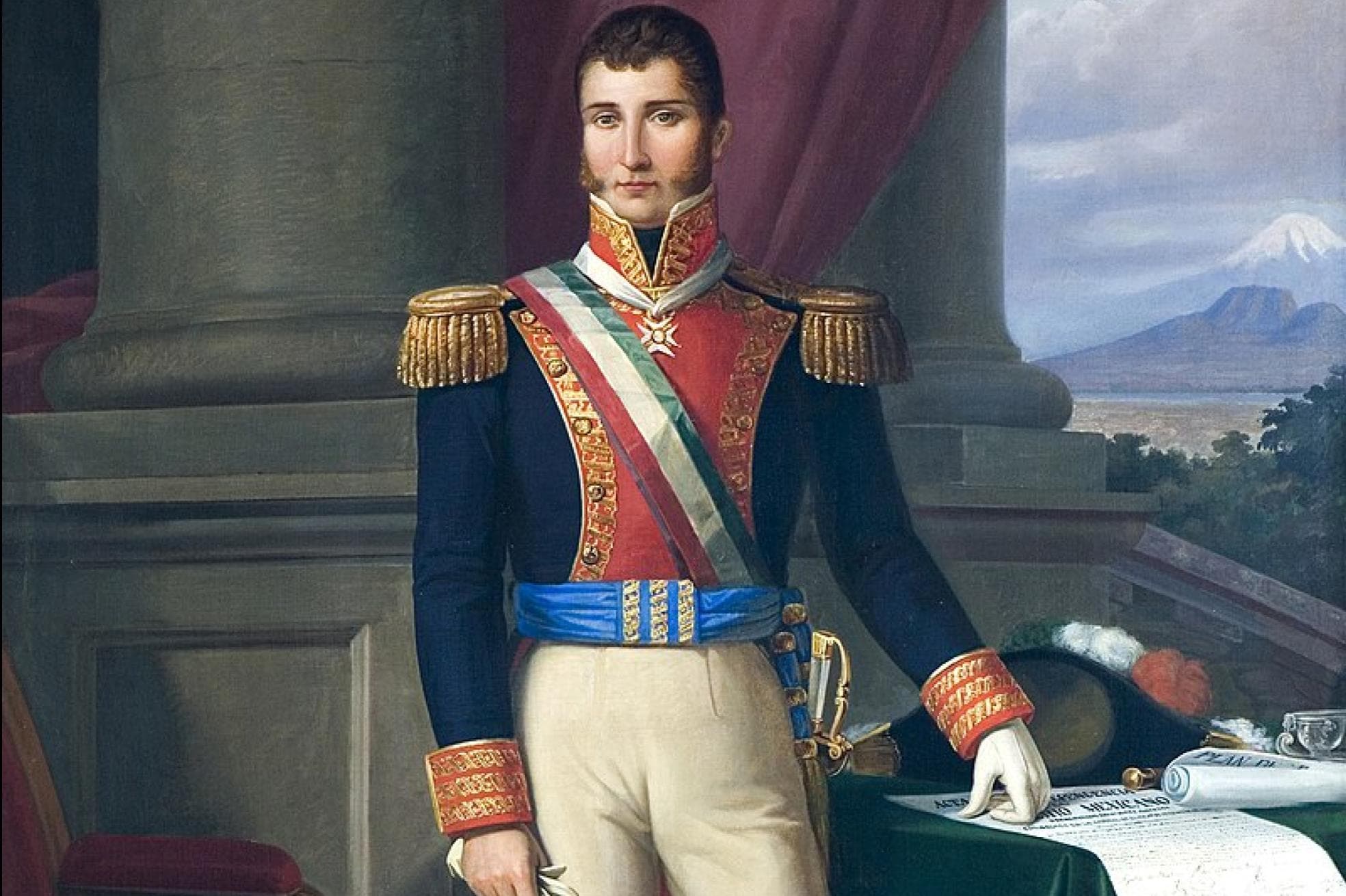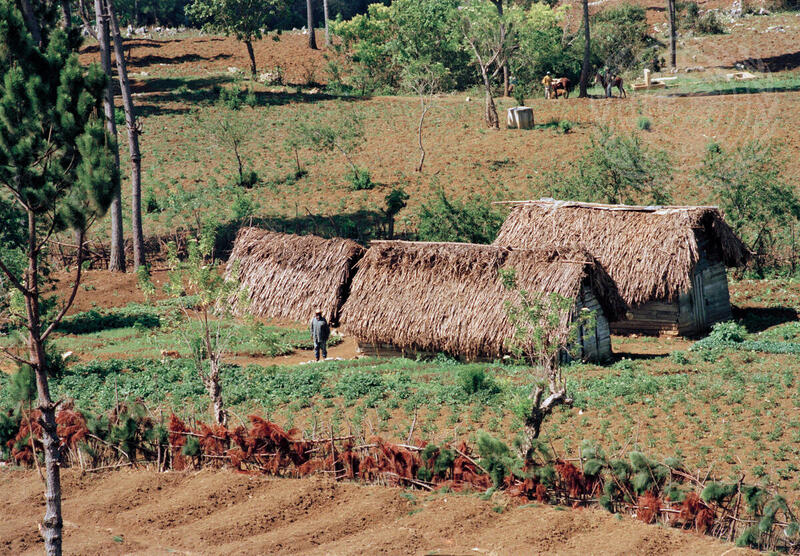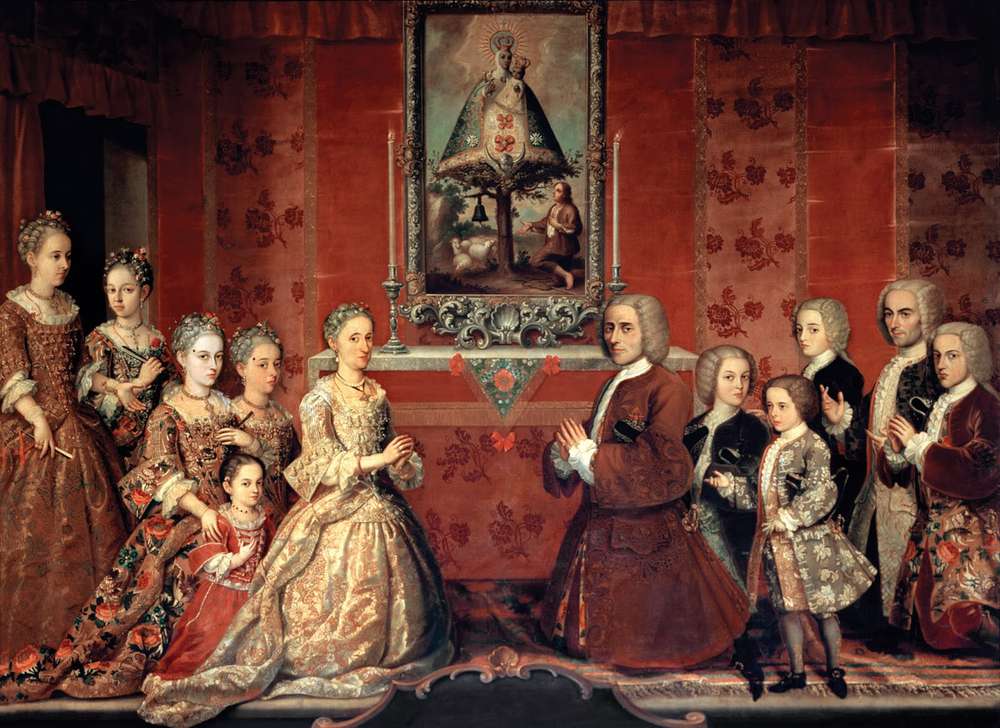This small country touches Guatemala on its western border and Honduras on its northern border.
The Republic of El Salvador
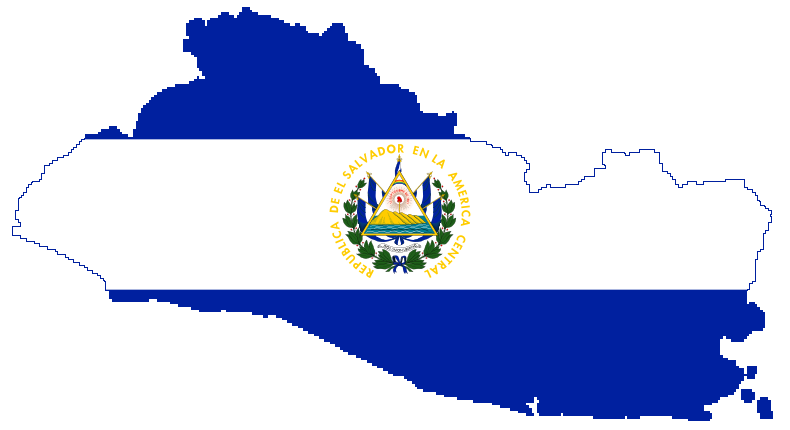
This term refers to the triangular trade between the Americas, Europe and Africa during the 1500s that brought raw materials to Europe, manufactured goods to Africa, and enslaved people to the Americas.
The Columbian Exchange
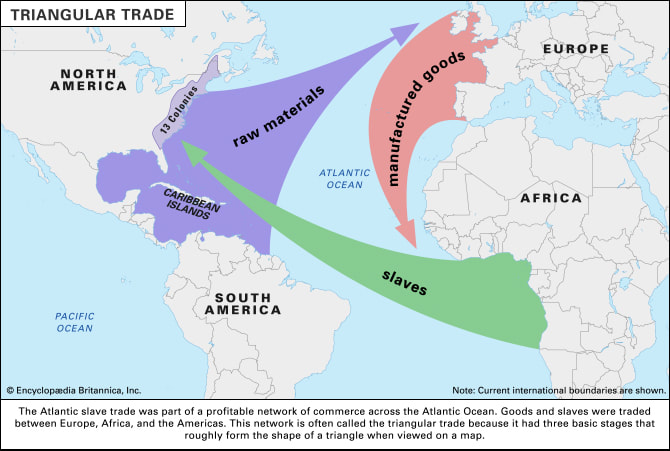
This type of business is one of the most important in Central America, drawing over 20 million visitors to the region each year.
Tourism

Central America is one of these landforms, a narrow strip connecting two large land areas.
An isthmus
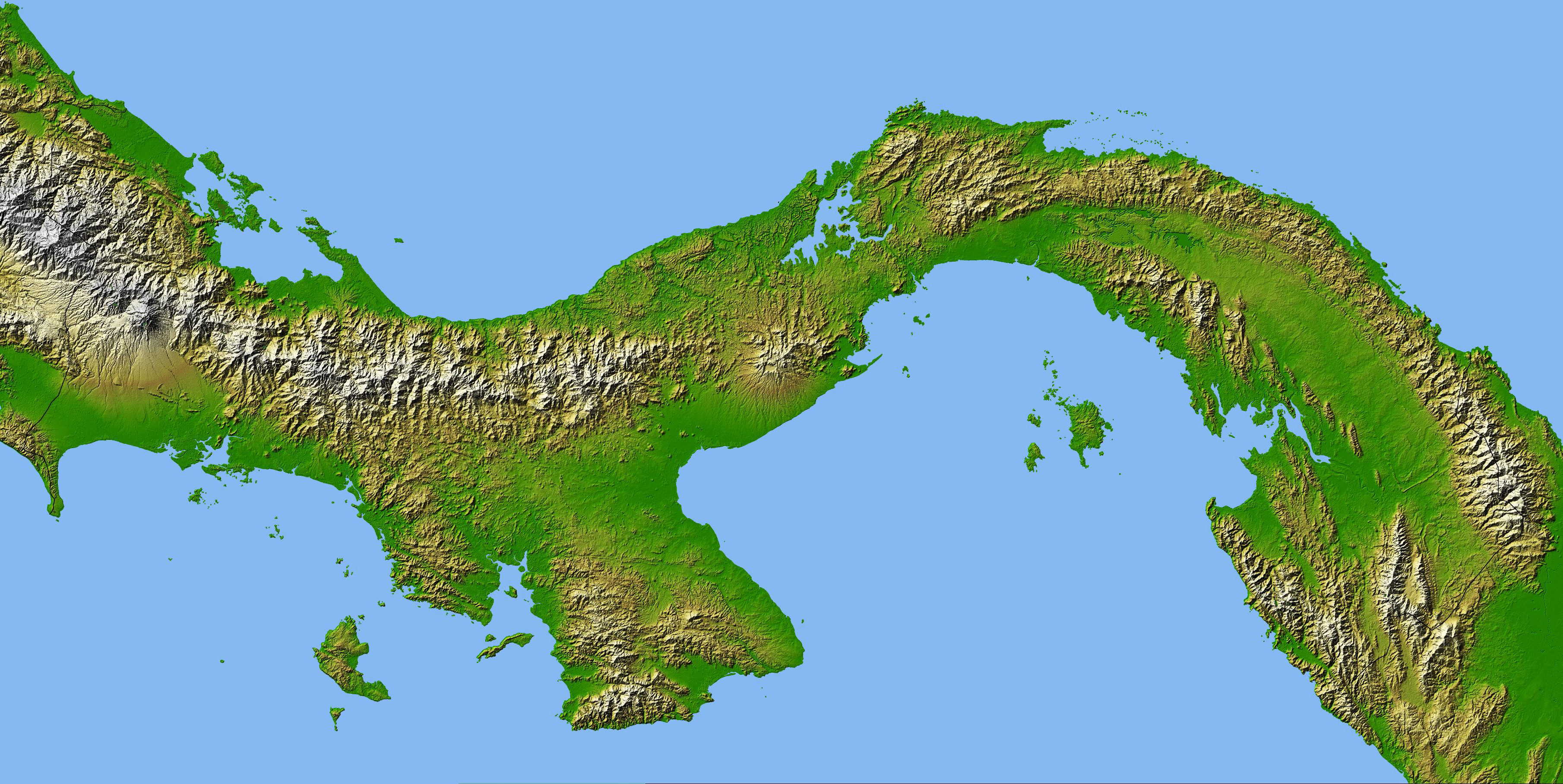
This group makes up the largest population in Mexico, people of mixed native, European and African heritage.
Mestizos

This semi-desert region of Mexico shares part of its name with an American state.
Baja California

This man, a former slave turned general, created an army to free Haiti from the French military. By 1804, he defeated the French army, completing the first successful slave revolt.
Toussaint L'Ouverture

This genre of music, which originated on the island of Trinidad, uses simple rhythms and local language to tell stories
Calypso
In 2010, this country experienced a devastating 7.0 earthquake that left roughly a million people homeless.
Haiti
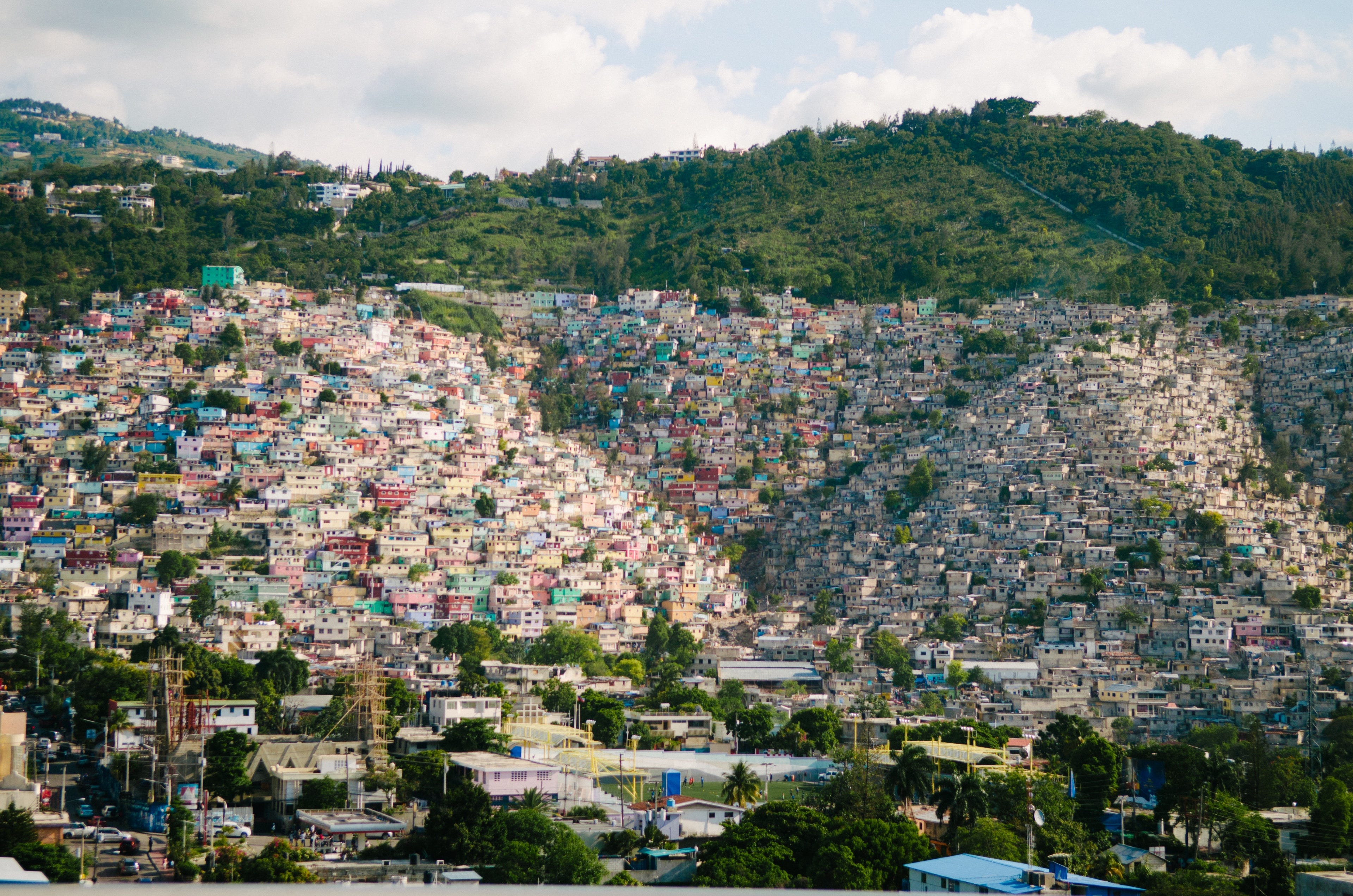
Many of Mexico's struggles with maintaining democracy before the 2000s came from the dominance of this single political party, which controlled the country for 71 years.
The Institutional Revolutionary Party
Most of the land in Haiti is used for this type of farming - which may imply an underdeveloped economy or a poor population.
Subsistence farming
In 1959, Cuba's dictator was overthrown by the revolutionary Fidel Castro, who seized all land and personal property to implement this government system.
Communism
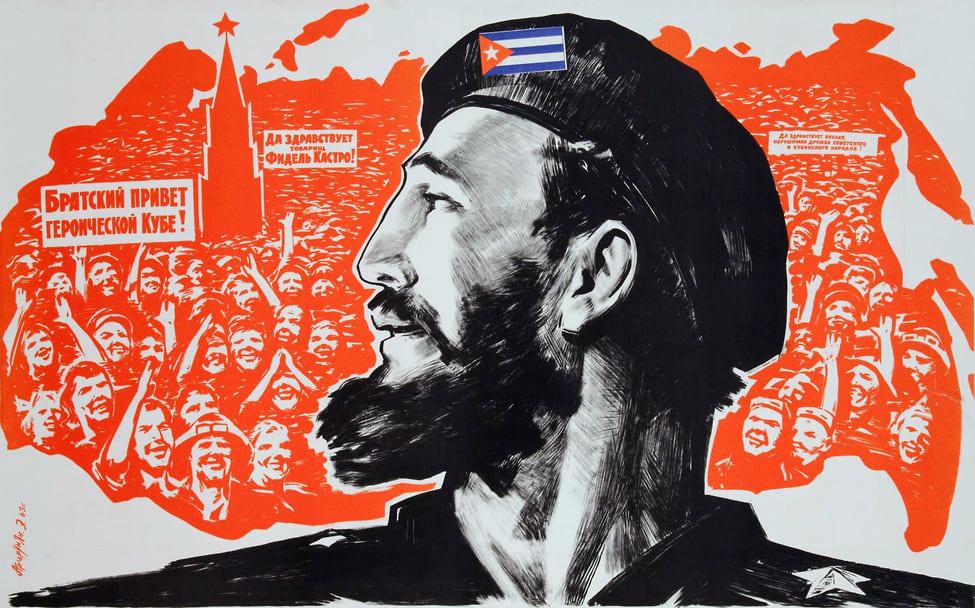
Several genres of Caribbean music would become popular in the United States, including salsa, as well as these two Jamaican styles.
Ska and reggae

A large range of this type of mountain covers all seven Central American countries, providing a cool climate and rich soil good for growing coffee.
Volcanic mountains
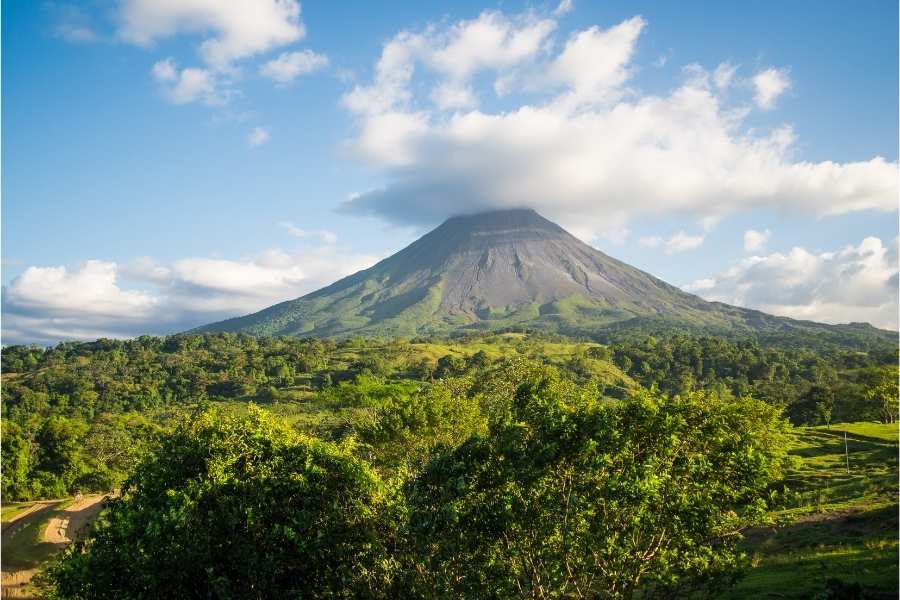
More than 80% of Mexico's citizens follow this religion, which they inherited from Spain.
Roman Catholicism
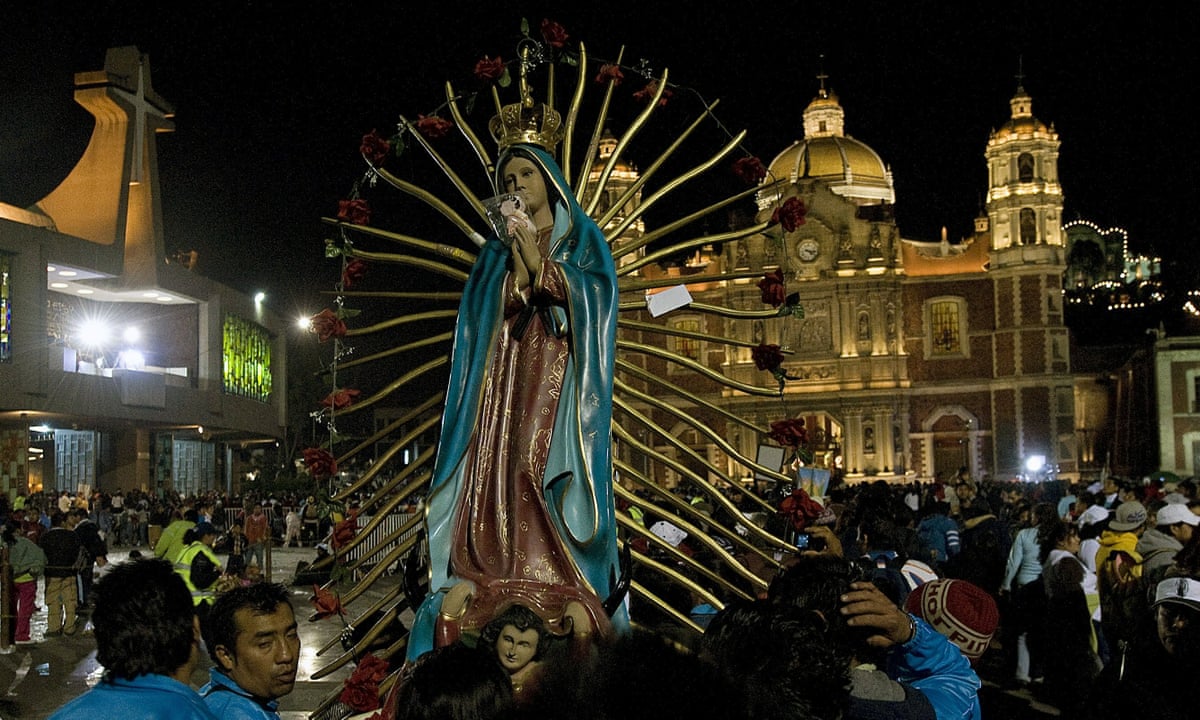
Puerto Rico is a dependent territory of the USA, meaning it is not a country and has no national capital (similar to French Guiana). However, the local capital is this large urban area on the eastern side of the island.
San Juan
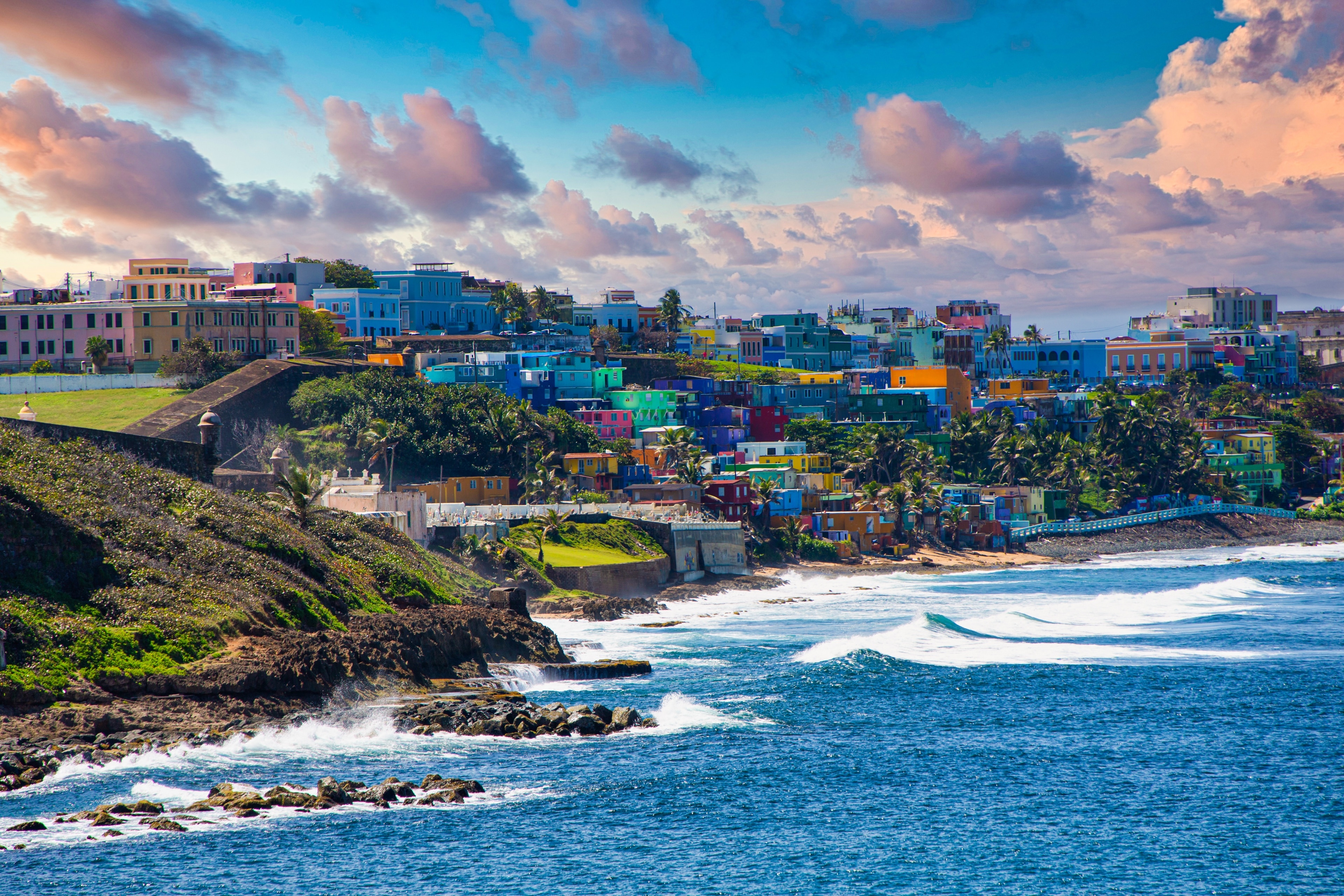
This nation got its independence from Colombia in 1903, the last Spanish-speaking country in Central America to become independent.
Panama
Popular in Jamaica, this is a strong blend of spices used for grilling meats - usually chicken, fish, or shrimp.
Jamaican jerk
:max_bytes(150000):strip_icc()/jamaican-jerk-chicken-FT-RECIPE0918-eabbd55da31f4fa9b74367ef47464351.jpg)
The vast majority of the Caribbean region is considered this type of climate region.
Humid Equatorial/Dry Winter
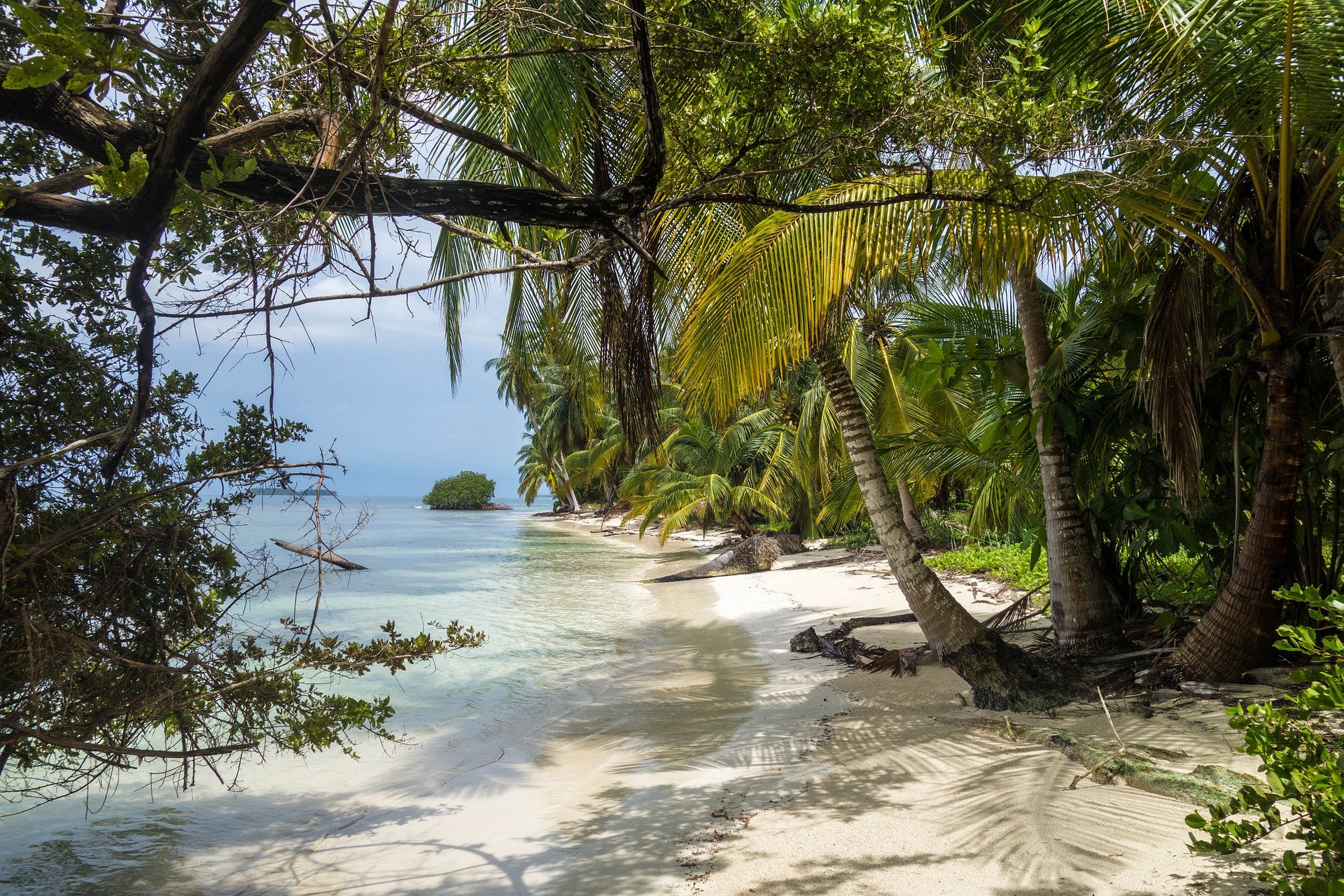
This was the name for the ruling social class of colonial Mexico, the people born in Spain who came to Mexico to run the island.
Peninsulares
The Panama Canal connects the Atlantic Ocean to the Pacific Ocean, saving ships several days of travel and thousands of miles. A trip from San Francisco to New York City, for example, would be 13,000 miles by sea by going around the tip of South America - while using the canal would save a ship this many miles of travel.
7,800 miles.

Some Caribbean islands remain colonies of other countries to this day - most belonging to Great Britain or France. This island, however, is dependent on the Netherlands.
Aruba

Although it would be the United States that finished construction on the Panama Canal, this European country initially attempted construction, but failed due to a lack of funding.
France
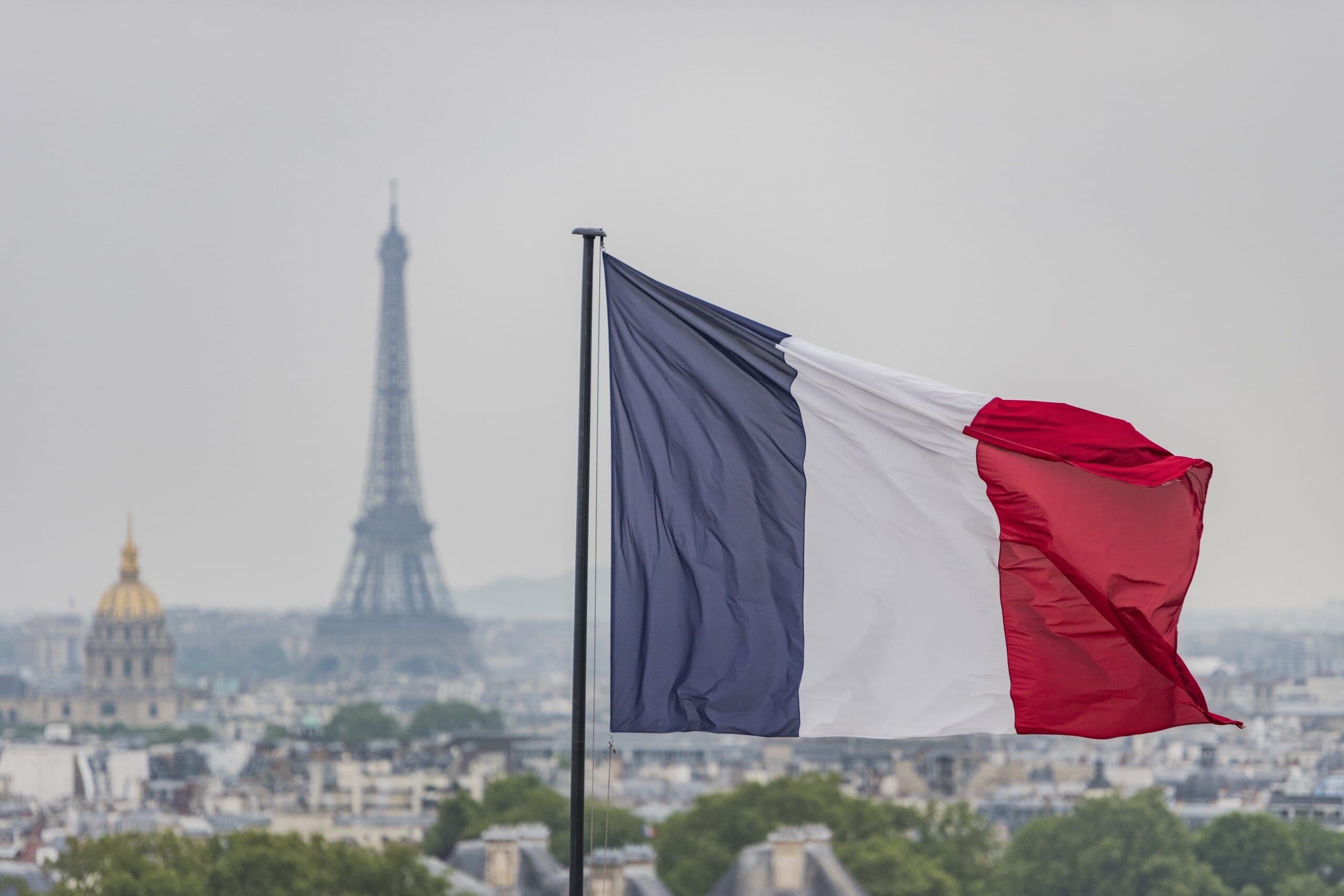
The human-caused destruction of rainforest, also called deforestation, heavily damages local ecosystems in Central America - but is usually done for these three reasons.
To clear area for commercial farming or grazing cattle, and sell timber or use wood for buildings
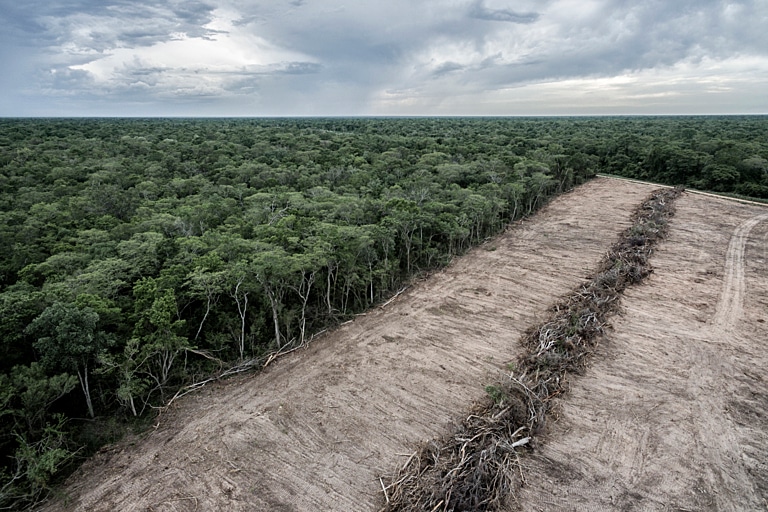
This Colonel was the second main leader of the Mexican Independence Movement, and defeated the Spanish Army in 1821 before proclaiming himself Emperor of Mexico - although he would only rule for two years before being overthrown.
Colonel Augustin de Iturbide
